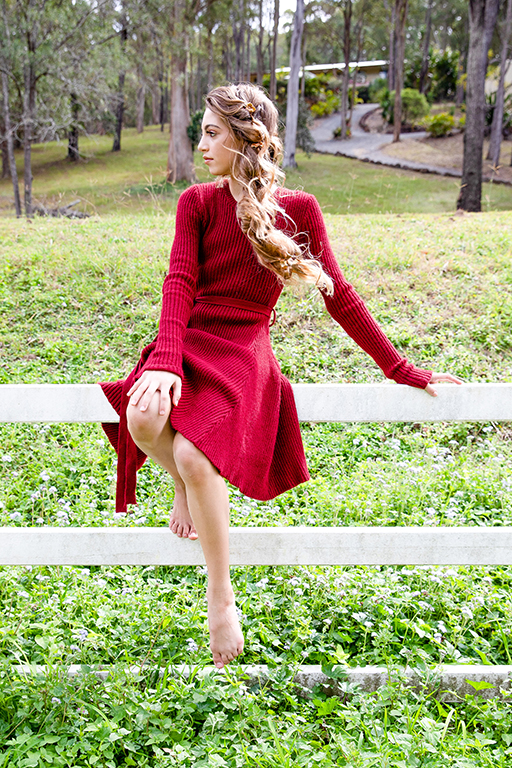The Newbie's Guide to Product Photography
If a picture is worth a thousand words, a magnificent product photo deserves a thousand website check outs. Although I don't have data to back up that statement (yet), product photography can be exceptionally beneficial to your ecommerce web site approach.
To reach your target audience members who prefer buying online, you additionally require to give your target market clear, captivating photos of your products.
Yet product photography isn't as easy as aiming as well as firing. Even the most fundamental products need the right equipment, lighting, and room to produce gorgeous images that market buyers right from the purchase page.
6 Product Photography Tips (and Instances) for Taking Photo That Sell
Right here are the tips, examples, and supplies you'll require to properly photograph and also market your items in a manner that makes your site visitors as well as potential customers wish to convert.
1. Do not hesitate to use your smartphone's camera.
This is the part where I'm supposed to persuade you to buy a high-end, 50-megapixel (MP) electronic camera with a 100-millimeter screw-on lens. However I'm not mosting likely to do that.
If you already own a electronic camera that fits this description, capitalize on it. But also for several types of products, it's completely acceptable to shoot product images on a mobile phone.
More recent smart devices flaunt effective camera lenses and settings that enable you to enhance your shots for the different sorts of light and also atmospheres you could fire in.
If you need a lot more persuading, just check out Apple's Shot On An iPhone project as well as the pictures that have actually arised from it throughout the years such as this one:
2. Fire from a tripod for photo uniformity.
Before clarifying tripods, I'm obligated to begin with a primary regulation: Don't prop your phone versus something strong to aim your lens towards the topic.
It's simply as well very easy for this makeshift arrangement to slide around during the shoot and also trigger disparities in your photos' look. If you relax your electronic camera on, state, a stack of publications, just make sure this setup doesn't transform over the course of the shoot.
There's no injury in holding your cam on your own when shooting simply a couple of product images for your ecommerce internet site. But as your business expands, and you take extra pictures of even more items, it can be tough to systematize the product's positioning in each photo when shooting portable.
To make certain consistency throughout your items, you'll need a tripod. And luckily, purchasing one isn't constantly the big, industrial-sized financial investment it used to be.
Here are 2 kinds of tripods to think about.
Standard vs. Versatile
This is a practice tripod-- there are standard tripods offered for both electronic cameras and also mobile phones.
A adaptable tripod can be controlled in a variety of means. You can flex its legs and place it on different surface areas to get the angle you need.
Mobile Grip
There's usually a screw on the top of your tripod which affixes to your cam to hold it in position. The bottom of a lot of professional-grade video cameras has a screw hole just for this objective, but mobile phones can utilize the complying with adapter:
The adapter grips the sides of your smart device and can screw right into either kind of tripod, allowing you to run the cam manages with the phone display encountering outside and towards you.
When you figure out which install you'll require, establish it up before your product, and take into consideration placing three pieces of tape on the ground to mark where you 'd like to maintain each leg of your tripod throughout the shoot.
3. Select all-natural light or fabricated light.
Never ever underestimate exactly how specific types of light can improve (or prevent) your product photography. Bear in mind, buyers get the very best check out an item personally, where they can see whatever they need to prior to getting. The best illumination plan aids you disclose those crucial decision-making product functions when all site site visitors need to go on is a photo.
A solitary lighting configuration might not benefit every product-- a lights arrangement that helps some items might deteriorate the appearance of others.
There are 2 kinds of light you can select as your major light: natural as well as synthetic light.
All-natural Light
All-natural light refers to sunshine-- simple as that. It's also known as "soft light" due to the fact that the sun casts a larger, softer range of light than, claim, a lamp shining directly on the product. Ecommerce product shots grow in all-natural light if:
The product is shot outside or implied to be made use of outside.
The product is utilized by, worn on, or shot with a person ( individuals have a tendency to look better in all-natural light).
You're attempting to stress the product's surroundings, as opposed to details attributes of the product.
Below's an example of a shot using all-natural light:

Artificial Light
Man-made light includes candle lights, fire, as well as more generally, light bulbs. It's additionally described as " tough light" because it creates a smaller however extra focused light surface. This type of light caters to items with physical details that require to be highlighted to thrill an online consumer.
As a general policy, stay with just one type of light per photo-- natural or fabricated. Including natural light to an unnaturally lit photo can soften a product that's implied to look sharp, and including synthetic light to a naturally lit photo can develop a product that's indicated to look soft. You don't intend to get in your very own means.
4. Load or jump your light to soften darkness.
Whether you utilize natural light or man-made light, you'll require to minimize the darkness that any potential hard light casts on the opposite end of a product.
There are 3 means to do this:
Load Light
Consist of one more, less-intense source of light to supplement your major light. This extra light is called your fill light as well as is made use of as a counterbalance to soften the natural shadow your primary light creates behind an item.
To do this, position your fill light opposite your main light so your product sits in between both light sources.
Flashbulb Bounce Card

A bounce card, or reflector card, is a little card that "reflects" or "bounces" the primary light back onto the surface below your product to minimize shadows.
Some bounce cards connect to the flashbulb of a professional camera lens to diffuse the light from the cam's flash. This card sprays a softer light onto the topic from over your collection-- as opposed to directly at it-- so you don't have lengthy shadows trail behind the object you're shooting.
Standalone Bounce Card
If you're firing from a smartphone, a flashbulb bounce card isn't an alternative, since you don't have a physical flash you can affix it to. Rather, make your very own standalone bounce card placed opposite your main light source.
For novices to product photography, this bounce card can successfully replace your fill light, which counters the hard light from the video camera flash or lamp that's facing toward the front of your product.
5. Make use of a sweep or picture setting to stress the product.
There isn't one best way to place your product, lights, and also jump cards-- they can transform dramatically depending on your background. Yet don't select a background based on what's simplest to develop. Backgrounds ought to resemble exactly how you want your purchasers to perceive your product when seeing it online.
Think about first whether you 'd such as a white background or a more dynamic, real-world history. There's an easy way to attain every one.
White Background: Sweep
For white histories, it's not as basic as setting up a table versus white drywall. Even smart device cameras can get little blemishes on a white wall that you would not observe with the naked eye. To record a best white background without any edges or imperfections, use a sweep.
A move is a big bendable sheet of paper, whose bottom work as the surface underneath your product and after that curves up into a white wall surface behind the product.
On cam, the sweep's contour is undetectable, highlighting crucial product details and allowing the thing to own all of a website site visitor's focus.
Real-World Background: Picture Mode
Dynamic, real-world histories are very attractive when shooting items that have a details use or are being designed by a individual-- as you saw in the picture of the brief-case previously in this guide.
Yet, it's easy for a real-world history to swipe the focus of the photo, making it uncertain which item in the photo you're in fact marketing.
Provide your product deepness and also focus with picture mode, a picture setup on most professional cams, and likewise available on numerous brand-new smart devices. This setup blurs the background so the context of the product is clear yet not competing versus the product itself.
Below is a incredibly outstanding photo of a HubSpot pen taken in portrait mode on a Google Pixel 2 (I took this photo myself). You can inform the pen sits on a workdesk with a computer behind it, yet the pen is still the prime focus for visitors:
6. Shoot a variety of photos.
My last ecommerce photography tip to you https://www.sharedmoments.com.au/product-photography/ is to not quit at one photo per product. Just as your customers look, hold, utilize, and also also try out merchandise in a store, your site ought to fire a selection of images to simulate this very experience.
If you're shooting clothing, for example, record the garment of apparel alone-- that is, expanded on a white surface area-- as well as on a mannequin whose shade contrasts the shade of the product.

After that, for extra photos, have the garments modeled on a person, permitting you to take images of the product from the person's various presents and angles.
Product Photography Set-Up
Next off, let's summarize what we simply received-- here's a listing of quick product photography set-up tips that you can refer to and also share on your team:
• Select a camera-- whether or not that means using your smart device.
• Get a tripod that benefits your cam of choice.
• Pick natural or man-made lights-- think of which alternative is best for your product and environment.
• Determine whether you'll fill up or bounce light.
• Select sweep or portrait mode.
• Take a number of different photos to supply your customers selection.
Begin With Your Product Photography
Don't really feel required to buy every tip as well as piece of equipment at the same time. Apply these product photography pointers gradually to see what makes your store look one of the most presentable, as well as alter your technique as your photography chops get better.